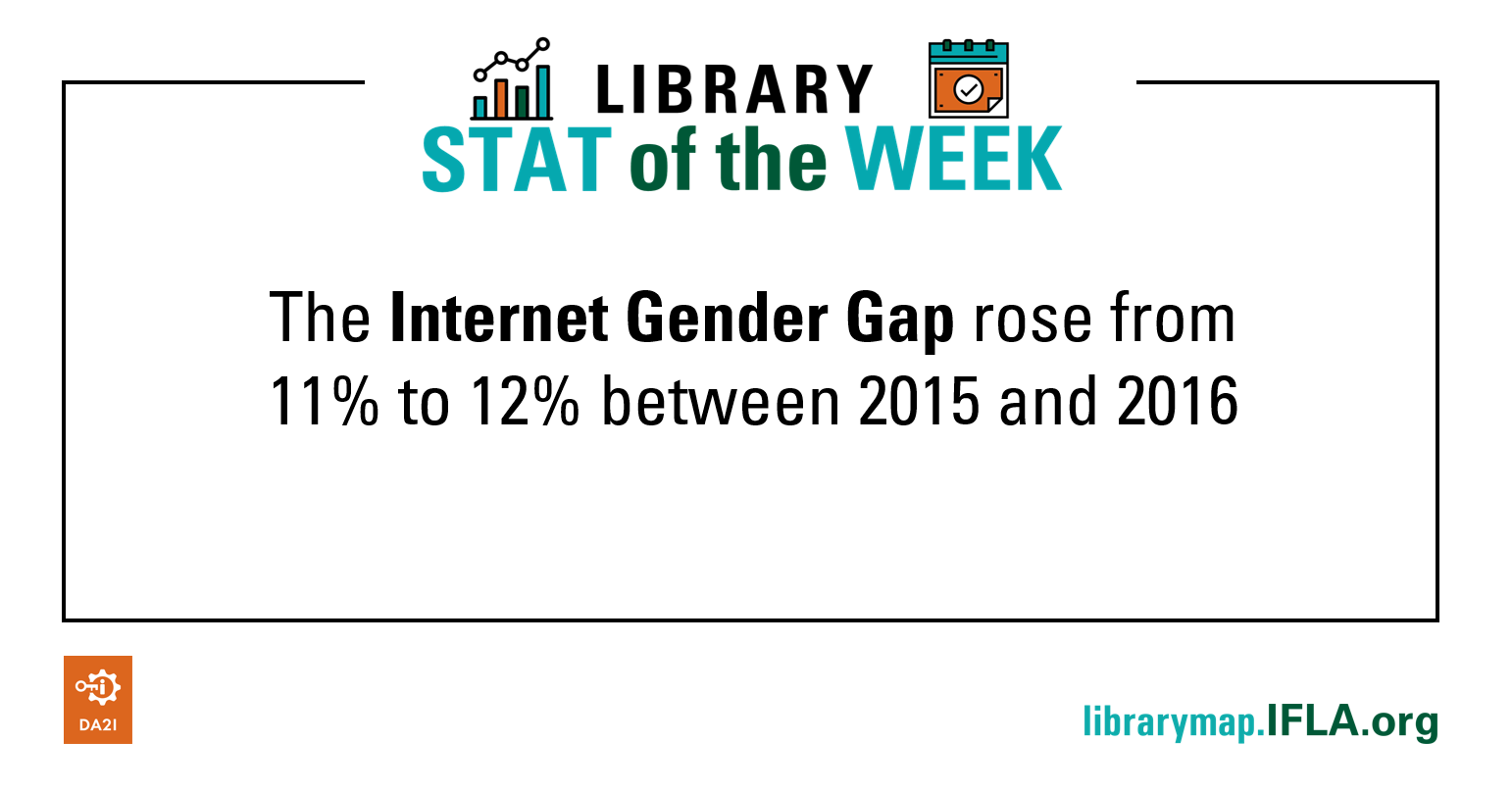After months where the need for immediate action to tackle the COVID-19 pandemic had been dominating news schedules, the ongoing events in the United States have sharply refocussed attention onto other, more long-term challenges societies face.
For many, especially those in groups subject to marginalisation or discrimination, the death of George Floyd is just the latest incident in a long series, and the protests that have followed are the natural result of years of unequal treatment. For others, it has forced a confrontation with issues that they were aware of, but perhaps felt hard-placed to act on, or even believed were someone else’s problem.
An emerging point is the understanding of the need for action – of the unacceptability of simply leaving things as they are. The fact of things having been done in a certain way in the past cannot provide a justification when the result of this is exclusion and inequality.
This applies to individuals and societies as a whole, including of course libraries. There needs to be a readiness to seek out, hear, reflect and include all experiences, rather than just proceed on the basis of a single point of view, however well-meaning.
This also applies globally – it is clearly not the case that the United States has a monopoly on discrimination and inequality. Indeed any situation where particular groups have faced persistent inequalities in so many areas of life – education, employment, housing, or treatment by courts – libraries can, and must, be ready to show the way in terms of how a key service can be provided.
Indeed, the specific role of libraries in providing access to information – a foundational condition for so much else – as well as in offering a place for the safeguarding and remembering of heritage, and for building social cohesion, makes them particularly important.
This is a key message of the IFLA-UNESCO Multicultural Libraries Manifesto, approved by the IFLA Governing Board in 2006, and by the UNESCO General Conference in 2009.
Building on the instruction to provide services to all, regardless of characteristics (including race) in the Public Library Manifesto, as well as IFLA’s Statement on Intellectual Freedom, and own Core Values, the Multicultural Library Manifesto goes further in underlining both the reality, and the value of diversity of all forms in our societies and cultures. In doing so, it rejects racism and other forms of discrimination, however they are manifested.
In terms of principles to be applied in the day-to-day work of libraries, the Manifesto stresses the need in particular providing information in appropriate languages and scripts, giving access to collections that reflect all communities and needs, and ensuring that staffing reflects the diversity of communities served with proper training to respond to the information need of all.
This clearly already requires work in many cases, with historical acquisitions policies and cataloguing practices often reflecting outdated views of the world, making it more difficult for marginalised groups to find themselves in the library.
Crucially, the Manifesto also sets out a proactive role for libraries. First of all, it makes it clear that it is not enough to offer the same services to all and expect everyone to benefit in the same ways – such an approach can risk deepening existing inequalities.
Instead, there needs to be a concerted effort to understand what may be needed (indeed, the Manifesto Toolkit offers steps for doing this), in particular through ensuring that library and information workers who are also members of groups subject to discrimination are fully part of decision-making.
It also gives libraries a mission – to promote awareness of the value of diversity in communities, and to provide tools and services that support this, online and offline (including through decisions about what to collect and preserve).
Furthermore, through skills provision – in particular information literacy and digital skills – libraries can also not only help give everyone the chance to make the most of the internet, but also help everyone identify prejudice in what they read, and combat it.
Finally, such efforts – the Manifesto underlines – need to be central to the work of libraries, integrated into core planning rather than included as an optional extra.
With societies around the world forced to confront the reality of inequality and discrimination in order to build something better, libraries have the rare power of being able to help societies level-up, providing opportunities for progress and spaces for building cohesion.
This is not to say that this will happen automatically. As highlighted in the title, inclusion is an action, and action takes effort and commitment. The Multicultural Library Manifesto offers a great starting point for this.
See how the American Library Association is responding here. Find out more about the work of our Section on Library Services for Multicultural Populations, and read our blog for the International Day of Cultural Diversity.
